Challenges of Backpanel Plating
Introduction
Hopefully, this will be the first in a series of articles relating to challenges faced when plating backpanels, and other more technically advanced, multi-featured pwbs. For purposes of this discussion, we’re assuming a minimal backpanel thickness of .250” (6.35 mm); however, as being noted in later articles, plating a .350”-.400” (8.89-10 mm) board can present some
additional challenges.
When medium technology pcb firms succeed in plating (to spec) pane ls in the .125” (3.17 mm)
range with an 8:1 aspect ratio, they often assume that progressing from this level to backpanels will involve a series of logical steps, but with few obstacles. Unfortunately, this is NOT the case, and speaking from our experiences as designers/manufacturers of automated plating and pulse equipment, we have had the luxury of viewing these situations from a perspective as “total systems’ suppliers” where we have seen firsthand the large number of important variables that MUST to be considered when plating backpanels with DC, (even more so with pulse). Presumably, this and subsequent articles will provide the reader with a reasonable overview so that many of these matters will be at least considered in advance of moving ahead.
Backpanels Plating
Often, the first realization that “things are truly different when plating backpanels” comes when one attempts to physically lift one of these larger panels by hand, perhaps doing so in a manual, prototyping plating tank, as the size, weight, and even the particular circuit pattern likely is not conducive to be run concurrently with other panels on an existing automated line which is dedicated to more “average,” thinner boards. Additionally, the average board, rack, anode dimensional “windows” will typically be inadequate to accommodate these much larger panels. It is also likely, if processed on a manual tank, that vertical spline racks will be a necessity on both sides of the panel, due to the physical challenges of carrying the weight, and adequately bringing current to the board. It is interesting to note, also, that most recently designed/built automated platers utilize top loading racks only. This will likely be a difficulty requiring inherent flexibility in the control systems, where different workbars with different racks can be brought to potentially different plating stations, and allow the work to be plated for widely varying plating times.
There are various sorts of issues that need to be discussed (chemical, physical, scheduling, etc.,), however, in this first article, we will limit our discussion primarily to SOME of the many “physical” issues unique to plating backpanels. The number and kinds of physical issues should NOT be minimized, as these can be far reaching. For example:
- A pwb manufacturer considering the purchase of a new automated line which MAY need to run
some backpanels, should allow for sufficient depth to accommodate a potentially deeper board. It may or may not make sense to provide this added depth and elongated anodes in every cell, which goes back to the matter of the inherent intelligence of the main control system. - Similarly, one must determine if the plating line will be equipped in whole (or part) with
vibration, as the more robust and flexible of these can be very expensive. Therefore, one may wish to provide only specific workbars (or specific plating stations) that may be used for backpanels or boards with very small holes, thus saving money. Additionally, one must decide whether to use exclusively vertical spline racks rather than top-loading types, recognizing that the latter DO have an advantage in terms of surface distribution due to their “continuous” surface (no interruption). Our experience has been that top-oading racks will work for backpanels but only when there is either a bottom support member, or tooling provisions are made to actually “engage” the panels with registration holes at the top, insuring the boards cannot be vibrated “off”
the rack. There is a debate (even with bottom support and tooling) about whether vibration using top-loading racks can be as effective as when using top quality vertical racks. - There are many designs for vibration, some on the workbar and others on the tank rim or support structure. There are even patented designs requiring expensive frequency drives for each station allowing the workbar (via the main control system) to cycle through a wide range of frequencies, thereby optimizing the results).
- Depending on whether one elects to panel or pattern plate the boards, one should re-check the assumptions relative to maximum panel circuit density so as to determine if existing rectifiers (and/or pulse equipment) is adequately sized. Two things to consider here:
- Backpanels (vs. normal pattern plated work) often have large groundplanes on one side which require more amperage.
- Backpanels often have significant numbers of holes. This can be very deceptive, as the surface area of a large number of holes in a very thick panel can, in some cases, exceed the surface area of the circuitry on the panel, and often does. Unless thought about in advance, this might mean that rectifiers on an existing line need to be replaced to accommodate backpanels.
- If pulse plating IS utilized (beware that this is, in and of itself, a VERY involved topic that will only be minimally touched upon in this first article), then one will, by definition, be plating at a much higher current densities than with DC plating, another instance where existing rectifiers may be very much undersized!
- The design and quality of racks is also a potential concern, especially if pulse plating, as one needs to be certain there is adequate current carrying capacity, and that the integrity of the contacts are sufficiently robust to both transmit the current and vibration.
- Another advantage to using vertical racks with backpanels is the ability to design these with the ability to readily affix the required “shielding” or “thieving.” Unlike simpler panels that are normally “mass-produced” and even automatically loaded and unloaded, one should anticipate that the “payload” on a workbar of backpanels will likely be less. The value added on these types of panels dictates the care that needs to be taken when processing (vs. simpler panels).
- The additional amperage loading on the system required by these higher amperage panels
(especially if using pulse) also requires investigation of existing tank saddles, on-tank bussing (and if pulse is utilized the potential of inductive loads), cooling, etc., - Consideration of methods of both mechanical and solution agitation are also much more critical with backpanels as the need to transport and avoid depletion of the metal ions within the deeper holes is more challenging. Hopefully, this first article which discusses the more obvious “physical-only” issues relating to plating backpanels (vs. thin, less complicated boards), provides the reader with a preview of some of the more involved technical challenges that can be anticipated with these kinds of products. In the next article we will attempt to visit some chemical issues, and touch on IST testing and the
physical properties of the copper electroplating deposit, as well as the advantages (vs. additional challenges) of utilizing pulse when plating backpanels vs. DC plating. While the results with pulse are significantly better than with DC (see the cross section this page), one MUST view this additional challenge within the context of truly a “total systems’ approach,” as ALL of the physical issues discussed here are still in effect, but further complicated with when utilizing pulse.
By
Neil Baker
President
Baker Technology Associates Incorporated
Respectfully Submitted:
Jacket Wu
Executive Vice President
U-TAH Industrial Co., Ltd.
- CHAL(5832)
相关推荐
如何使用环境变量进行Linux提权的方法详细资料概述
 5016
5016
20位1 MSPS隔离模拟输入数据采集参考设计包括BOM及层图
3GPP W-CDMA系统:设计和测试
3G无线电的ADPA和数字收发器的设计和测试
Agilen的E6474A无线网络优化平台
DDR内存概述,开发周期和挑战
DVB-T和DVB-T2发射机测试挑战
DVB-T和DVB-T2接收机测试挑战应用笔记
IP和VoIP技术
Keysight acceSS7:US West使用监控和故障排除
N1996A CSA频谱分析仪演示指南
N4915A-005串行总线开关应用
PAM4设计挑战及其对测试的启示
PCI Express 3.0 Testing Approaches for PHY and Protocol Layers
RF和微波:PCB中的设计挑战-Design Challenges in PCBs
STM32的加解密硬件模块
五项新技术将彻底改变高速系统
使用是德科技的无线数据优化服务N4145A,最大限度地提高数据网络性能
光纤数字I/O技术的测试挑战:如何减低升级到光纤技术的风险
关注802.11ax
印刷电路板测试和检验解决方案
基于电感式传感LDC的事件计数设计
如何测试USB Type-C Alt模式及其运行标准
存储器接口生成器(MIG)解决方案
微波放大器设计资料全集 PDF下载
抖动基础:Keysight 81250 ParBERT抖动注入和分析功能
支持高达1.5A的快速充电电流和低至1mA的充电精度TIDA-050007
有限访问板下一代ICT解决方案
测试混合模式UE:Keysight的DO-cdma2000测试解决方案
混合动力和电动汽车DC:DC转换器设计和测试的新兴解决方案
混合动力和电动汽车DC:DC转换器设计和测试的新兴解决方案白皮书
移至1500 V光伏逆变器的优势应用说明
精确的混频器转换损耗测量技术
紧凑的24位RGB到OLDI/LVDS接口TIDA-010013
美国西部新矢量集团,使用监控和故障排除
解决医疗设备的设计和测试挑战解决方案手册
ALLEGRO PCB ROUTER L, XL
 0
0CADENCE SIP DIGITAL SI
 0
0CADENCE SIP RF LAYOUT
 0
0CADENCE SIP RF ARCHITECT
 0
0HIP6003 PWM控制器适合作奔腾微处理器的稳压器模块
 9
9△∑A D转换器ADS121X系列的入门指南
 20
2082786图形协处理器与8051的接口
 17
17Design of an Audio Power Syste
 8
8Assertion based Design 2nd Edition
 0
0断言基础设计第二版
 0
0LANs to WANs:The Complete Mana
 0
0局域网到广域网:完整的管理指南
 0
0SolidMatrix 0603 Fast Acting S
 7
7LED TV: Technology Overview an
 20
20Optimizing Power Management fo
 14
14Design Compiler Ultra
 44
44Building DSP Free VoIP End-Poi
 13
13Femtocells Challenges & Opport
 33
33New Measurement Requirements f
 10
10Ultra Low Current DC Character
 8
8The ‘Need for Speed’ in Compon
 14
14Debugging Serial Bus Systems w
 15
15Agilent GS-8300 Wireless LAN M
 21
2110 Good Reasons to Switch to L
 3
3Agilent TS-5020 Automotive Ele
 6
6标准清晰度和高清晰度数字视频测量指南
 36
36Memory Effects in Microwave Co
 9
9汽车电源管理解决方案 (Automotive Power M
 60
60Zero-Drift Instrumentation Amp
 819
819Zero-Drift Instrumentation Amp
 916
916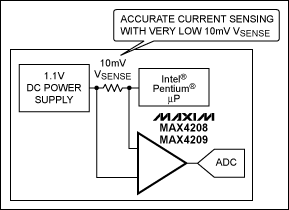
Technology Changes: From a Por
 733
733运算放大器的输入-Operational Amplifier
 1506
1506Continuous-Wave Doppler (CWD)
 1285
1285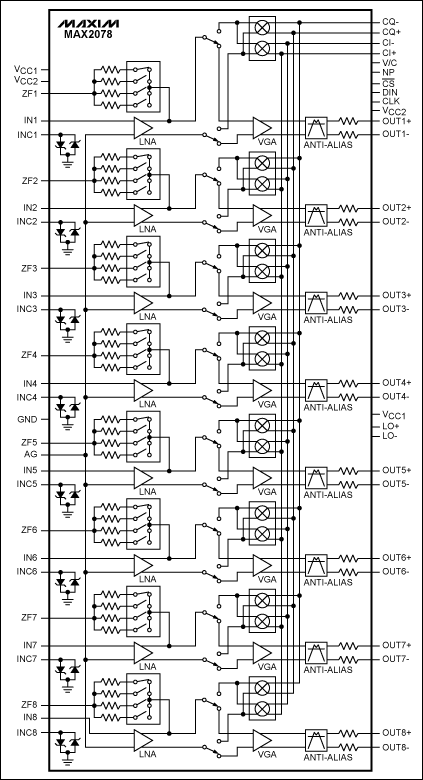
利用零漂移仪表放大器(IA)应对传感器测量的设计挑战
 1307
1307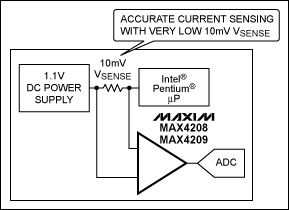
Overcome the Challenges of Int
 1515
1515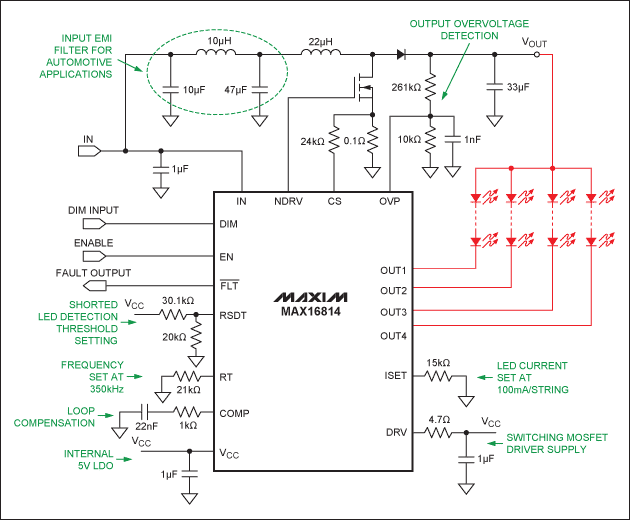
LED TV技术回顾与DLP分析
 53
53便携多媒体设备电源管理优化
 21
21LVDS应用手册
 0
0利用MAX36025克服下一代系统的安全性挑战
 0
0ADS原理图版图联合仿真Cosimulation_with_layout
 0
0Incisive® Enterprise Specman Elite® Testbench Tutorial
 14
14先进汽车电子设计及仿真之EEsof EDA解决方案
 0
0The Challenges of Indoor Positioning
 7
7RFID开发套件踢启动新设计
 3
3支持有线网络构建无线回程链路的挑战
 11
11无线系统的回路控制的实现
 8
8编码现代化的个人方法
 910
910CPU,GPU,FPGA:用英特尔线程构建块管理字母表
 1271
1271在当今变化的应用环境中的数据分析、机器学习和高性能计算
 1816
1816利用高性能计算技术加速大数据处理
 2499
2499新兴的高性能计算集群库
 2121
2121应用说明:Ambient Light and Proximity_AN000709_1-00.pdf
 11
112022第五期“心寄源”开源法律沙龙成功召开
 478
478 电子发烧友App
电子发烧友App








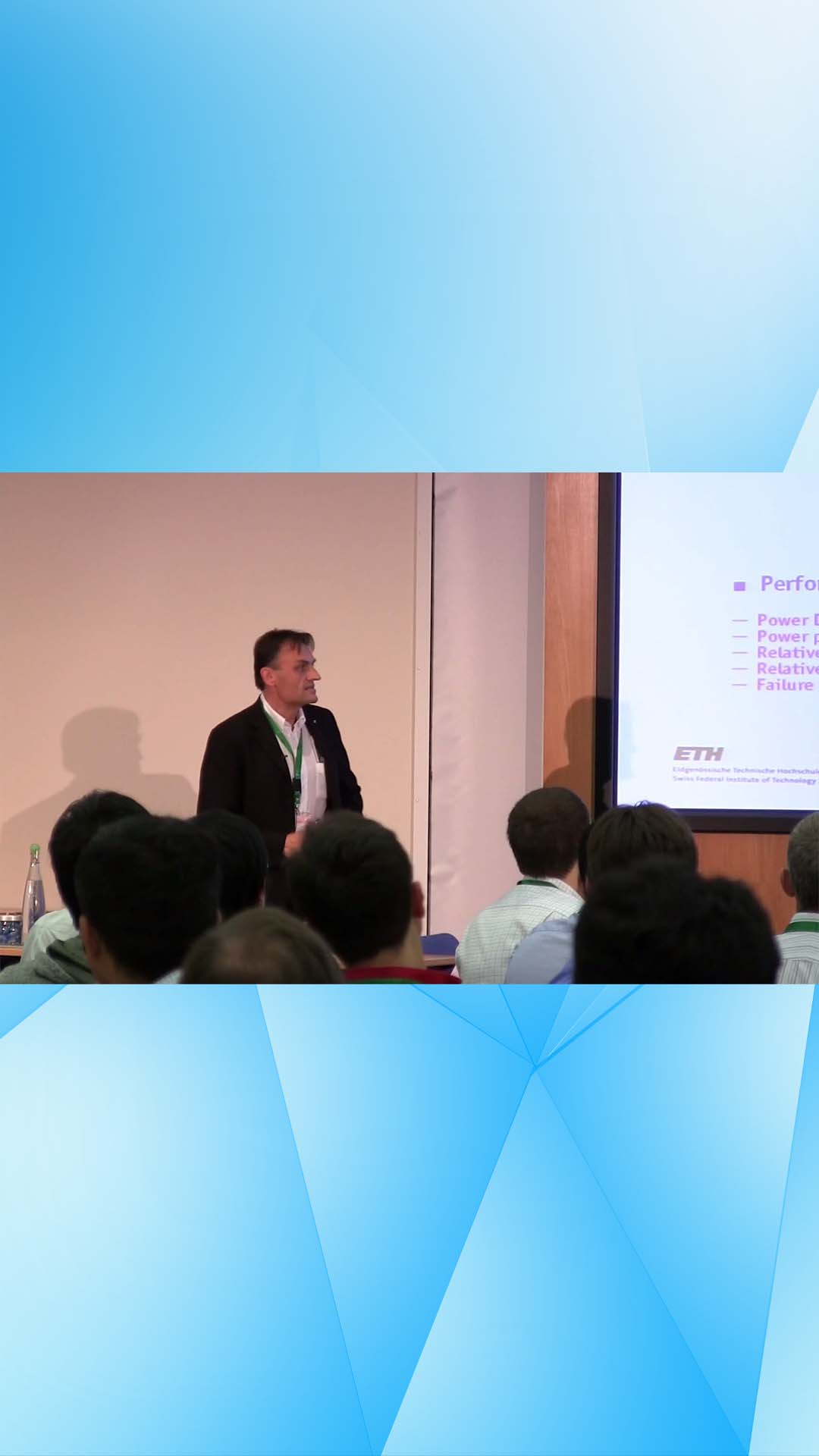










评论